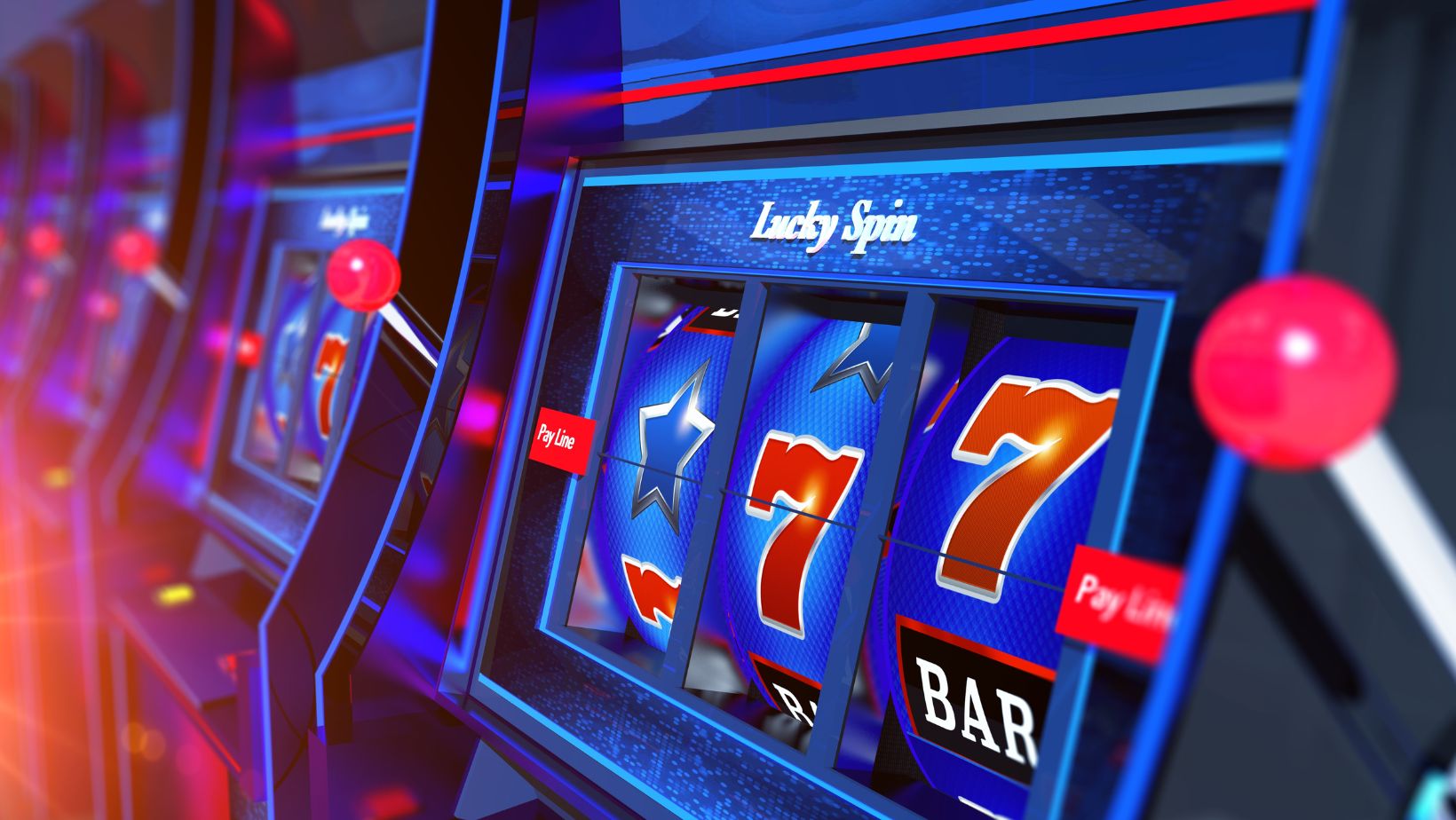The games found inside casinos are not created equally when it comes to the mathematical house edge built into them. This inherent advantage for the casino allows them to be profitable in the long run, even while paying out winnings to players in the short term. Understanding how this house edge works can give insight into why some casino games are inherently better or worse for players looking to minimize their expected losses.
What is House Edge?
A house edge represents the mathematical advantage the casino has over players in any given game. Expressed as a percentage, this edge lets casinos reliably predict their profitability on these games over time. The higher the house edge, the more each bet works to the player’s disadvantage in generating revenue for any platform like Lucky Ones Casino Australia.
Some key aspects of how the house edge works:
- It is based on the game’s set rules and payout rates, not the skills of any given player.
- The house edge applies over the long run, not individual playing sessions where luck drives short-term wins and losses.
- Higher house edge games generate more profit per dollar wagered for casinos.
House Edge in Table Games
Table games that rely primarily on chance, like roulette (5.26% edge) or craps (1.41% edge), have a defined house edge baked into their rules that never change. The same goes for casino poker variants like Three Card Poker, which use a dealer and have set payout tables.

The more a table game relies on random luck in its core gameplay, the higher its house edge tends to be.
Compare that to blackjack, where skilled play can trim down the house edge to under 1% under optimal strategy. This demonstrates how even games based partly on chance can allow skill to minimize, but never eliminate, the mathematical disadvantage players face
| Table Game |
House Edge |
| Blackjack (optimal play) |
0.5% |
| Craps |
1.41% |
| Roulette (double zero) |
5.26% |
| Three Card Poker |
3.37% |
House Edge in Slot Machines
Slot machines may seem like a game of pure chance, but they, too, have a house edge built into their design. Adjustable programming behind the scenes lets slots have an incredibly wide range for their house edge, usually falling somewhere between 2% to 15%.

Compared to tabletop games, slots tend to have a higher house edge on average. However, because the average bet size on slot machines is smaller, their overall profitability per square foot for casinos can be higher than table games.
The payout percentage or RTP (Return to Player) is another way slots show the house edge. If a slot has a posted 95% RTP rate, then the house edge is 5%. Out of every $100 wagered, the slot is designed to pay only $95 on average. The rest is kept as profit for the casino.
Why House Edge Matters
Understanding the underlying house edge gives casinogoers an honest look at how these games really work. Far from being games of pure chance or skill alone, they represent sophisticated systems refined to maximize revenue. While the house edge applies to players in aggregate and not one individual session, it demonstrates the inherent disadvantage you face in the long run going up against casinos and their mathematical models.
Knowing the house edge can help players choose games with lower built-in casino advantages. Or benchmark your performance by playing against the expected mathematical norms instead of chasing short-term winning or losing streaks that cause emotional decision-making. Either way, seeing clearly how House Edge works inside the casino model helps anyone, from casual to experienced players, make better decisions at the tables and slots.